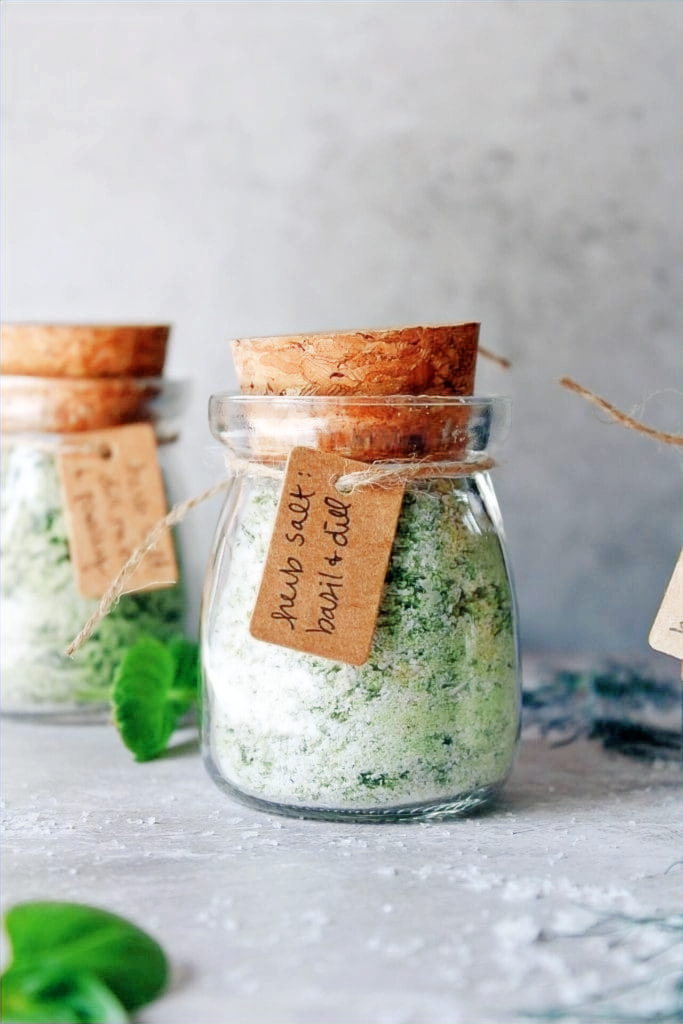
Salt is the Essential Mineral
Salt is the foundation of flavour, a simple mineral that transforms food by enhancing taste and texture. From everyday table salt to exotic Himalayan crystals, it is the most indispensable seasoning.
Table of content
What’s the difference between sea salt and table salt?
Is Himalayan pink salt healthier?
What is kosher salt used for?
Can salt go bad?
How does salt enhance flavour?
Salt
Halite (mineral form) / Sodium chloride (NaCl)
What is Salt?
Salt is one of humanity’s oldest and most essential ingredients, prized not only for its ability to season but also for its power to preserve.
Used for millennia in cooking, curing, and trade, salt enhances flavour, balances sweetness and acidity, and brings harmony to dishes. It also plays a key chemical role in food — tightening proteins, regulating fermentation, and improving texture in everything from bread dough to brined meats.
Salt’s versatility spans the globe: it can be sprinkled raw, dissolved in cooking, or used as a finishing touch to highlight a dish’s natural flavours.
Whether mined, evaporated, or smoked, salt remains the cornerstone of culinary tradition and taste.

Facts about Salt
Flavour & Taste
Salt’s flavour is pure, briny, and mineral-rich, with a natural ability to elevate and balance other tastes like sweetness, bitterness, and acidity. Depending on the type, it can range from the clean, sharp saltiness of table salt to the subtle mineral notes of sea and rock salts.
Where Does Salt Come From?
Salt is produced globally through evaporation, mining, and brine extraction. Major producers include China, the United States, India, Germany, and Australia. Sea salt comes from evaporated seawater in coastal, arid regions, while rock salt is mined from ancient underground deposits formed by evaporated prehistoric seas.
Popular Varieties of Salt
Table salt
Fine-grained, often iodized for health benefits, used in everyday cooking.
Sea salt
Evaporated from seawater, containing natural minerals and a coarser texture.
Kosher salt
Flaky and easy to handle, preferred for seasoning and koshering meats.
Himalayan pink salt
Mined in Pakistan, naturally pink with trace minerals and mild flavour.
Flavoured or smoked salts
Infused with herbs, spices, or smoke to enhance dishes with unique aromas.

FAQ
What’s the difference between sea salt and table salt?
Sea salt retains natural trace minerals and a coarser texture, while table salt is refined, fine-grained, and often iodized.
Is Himalayan pink salt healthier?
While it contains trace minerals, its nutritional advantage over regular salt is minimal — moderation is key for all types.
What is kosher salt used for?
Its flaky texture makes it ideal for seasoning food evenly and drawing moisture from meats in the koshering process.
Can salt go bad?
Pure salt doesn’t expire, but moisture can cause clumping or reduce quality in unsealed containers.
How does salt enhance flavour?
Salt heightens natural flavours, balances bitterness, and intensifies sweetness — making food taste more vibrant and complete.

Recipe Idea
Herb-Infused Salt
Mix ½ cup coarse sea salt with 1 tablespoon each of chopped rosemary and thyme.
Dry in a low oven at 120°C (250°F) for 10–15 minutes.
Use to season roasted vegetables or grilled meats.
